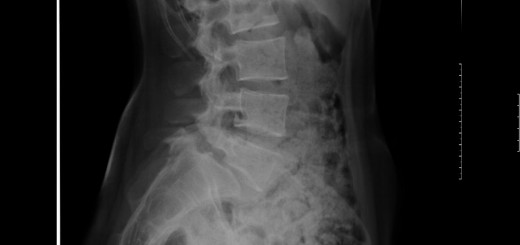Minimally invasive double approach (anterior and posterior) Eur Spine J (2012) 21:1900–1902
Minimally invasive surgical approaches (MIS) to the lumbar
spine have rapidly evolved, and the technical feasibility
and safety of minimally invasive interbody fusion is well
established. Revision surgery is technically more challenging
and may cause avoidance of such approaches
because of altered anatomy and absent bony landmarks.
Furthermore revision surgery is often associated with an
increasing complication rate. Description of minimally
invasive surgery approaches among revision patients and
the feasibility of such techniques demands clarification.
In some cases the result of a double approach, combined
anterior (minimal invasive ALIF) and posterior (dynamic
neutralization with MIS paraspinal approach) is less invasive
in terms of duration, bleeding and recovery compared
to a pure, single posterior traditional approach. The
anterior approach has several advantages over the posterior:
allows direct access to the disc, avoids epidural fibrosis and,
above all the damage of the back muscles due to denervation
often responsible for residual ‘‘low back pain’’.
The development of new technologies has led to the introduction
of the concept of minimally invasive spinal surgery…
